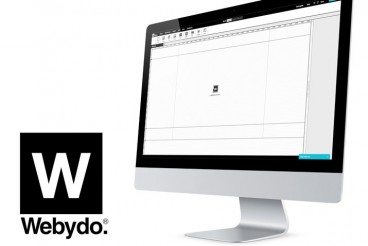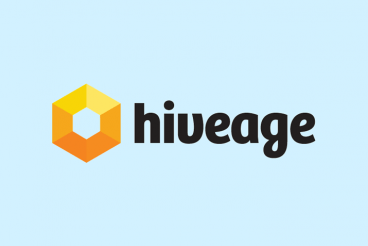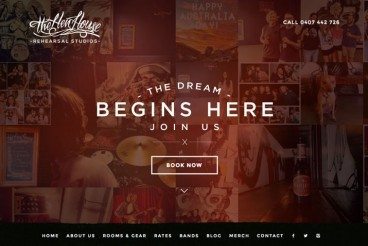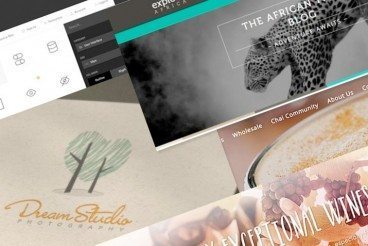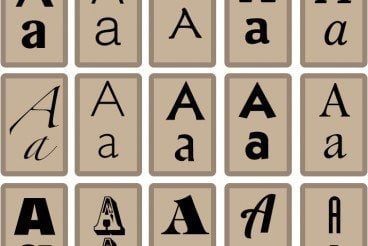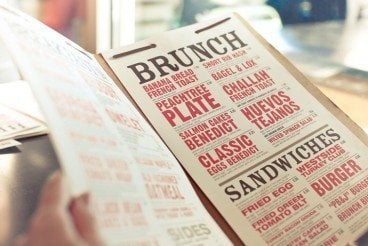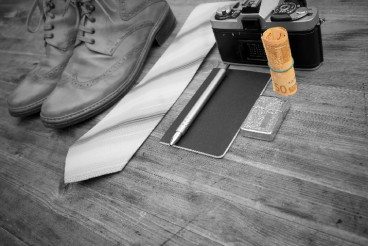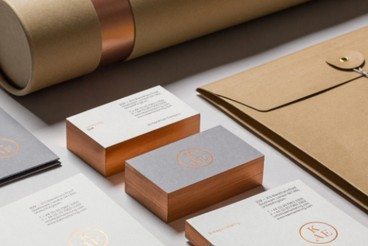
Layouts / 12 May 2015
The (Sometimes Hidden) Meaning of Shapes
The shapes of objects in your design may be sending a message to users that you aren’t even aware of. Whether you put an image inside a square or circle or triangle can have an impact on what people think about that image.
Sometimes a shape is more than just a group of connected lines. The use of shapes can be obvious or subtle and appear within images or as elements in a design. Here, we will look at common shapes used in design projects and the signals they may convey.
